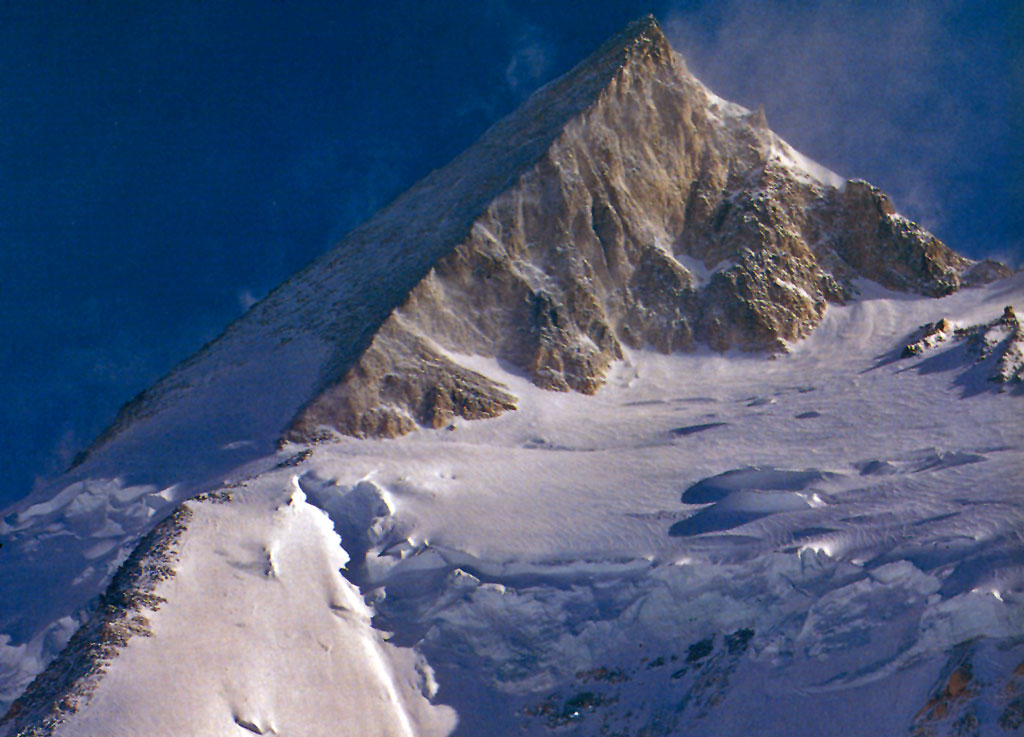Ohio Listeni/o??ha?.o?/ is a state in the midwestern region of the United States. Ohio is the 34th largest by area, the 7th most populous, and the 10th most densely populated of the 50 United States. The state’s capital and largest city is Columbus.
The state takes its name from the Ohio River. The name originated from the Iroquois word ohi-yo’, meaning “great river” or “large creek.” Partitioned from the Northwest Territory, the state was admitted to the Union as the 17th state (and the first under the Northwest Ordinance) on March 1, 1803. Ohio is historically known as the “Buckeye State” after its Ohio buckeye trees, and Ohioans are also known as “Buckeyes.”
The government of Ohio is composed of the executive branch, led by the Governor; the legislative branch, which comprises the Ohio General Assembly; and the judicial branch, which is led by the state Supreme Court. Ohio occupies 16 seats in the United States House of Representatives. Ohio is known for its status as both a swing state and a bellwether in national elections. Six Presidents of the United States have been elected who had Ohio as their home state.
Ohio’s geographic location has proven to be an asset for economic growth and expansion. Because Ohio links the Northeast to the Midwest, much cargo and business traffic passes through its borders along its well-developed highways. Ohio has the nation’s 10th largest highway network, and is within a one-day drive of 50% of North America’s population and 70% of North America’s manufacturing capacity. To the north, Lake Erie gives Ohio 312 miles (502 km) of coastline, which allows for numerous cargo ports. Ohio’s southern border is defined by the Ohio River (with the border being at the 1793 low-water mark on the north side of the river), and much of the northern border is defined by Lake Erie. Ohio’s neighbors are Pennsylvania to the east, Michigan to the northwest, Ontario Canada, to the north, Indiana to the west, Kentucky on the south, and West Virginia on the southeast. Ohio’s borders were defined by metes and bounds in the Enabling Act of 1802 as follows:
You have to remember that in the microcosm of Cincinnati, Ohio, through northern Kentucky, my father was a big star, still is. So that made my sister and me really visible. Everybody knew us, talked about us.
George Clooney
Bounded on the east by the Pennsylvania line, on the south by the Ohio River, to the mouth of the Great Miami River, on the west by the line drawn due north from the mouth of the Great Miami aforesaid, and on the north by an east and west line drawn through the southerly extreme of Lake Michigan, running east after intersecting the due north line aforesaid, from the mouth of the Great Miami until it shall intersect Lake Erie or the territorial line, and thence with the same through Lake Erie to the Pennsylvania line aforesaid.
The Ohio coast of Lake Erie.
Ohio is bounded by the Ohio River, but nearly all of the river itself belongs to Kentucky and West Virginia. In 1980, the U.S. Supreme Court held that, based on the wording of the cessation of territory by Virginia (which at that time included what is now Kentucky and West Virginia), the boundary between Ohio and Kentucky (and, by implication, West Virginia)  is the northern low-water mark of the river as it existed in 1792. Ohio has only that portion of the river between the river’s 1792 low-water mark and the present high-water mark.
is the northern low-water mark of the river as it existed in 1792. Ohio has only that portion of the river between the river’s 1792 low-water mark and the present high-water mark.
The border with Michigan has also changed, as a result of the Toledo War, to angle slightly northeast to the north shore of the mouth of the Maumee River.
Much of Ohio features glaciated plains, with an exceptionally flat area in the northwest being known as the Great Black Swamp. This glaciated region in the northwest and central state is bordered to the east and southeast first by a belt known as the glaciated Allegheny Plateau, and then by another belt known as the unglaciated Allegheny Plateau. Most of Ohio is of low relief, but the unglaciated Allegheny Plateau features rugged hills and forests.

